Cyber CEO: The History Of Cybercrime, From 1834 To Present
Herjavec Group
AUGUST 26, 2021
We can learn a lot from the cybercrime of the past…the history of cybercrime is a glimpse into what we can expect in the future. In the past 18 months, we’ve experienced the beginning of an era that has seen cybersecurity and cybercrime at the center of it all. Dateline Cybercrime . Robert Herjavec.


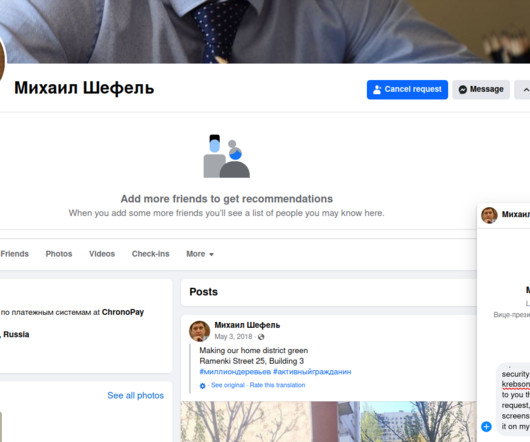
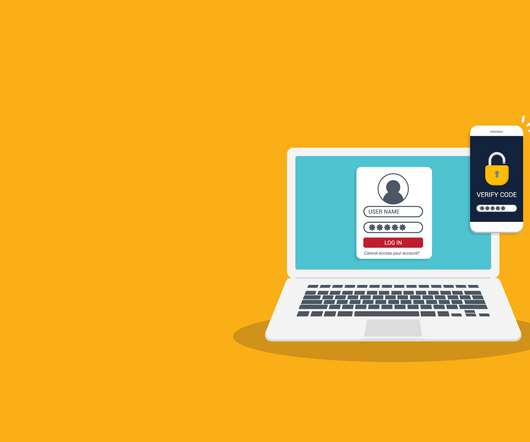
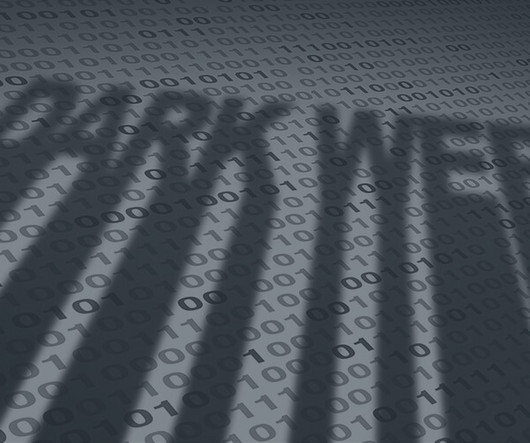
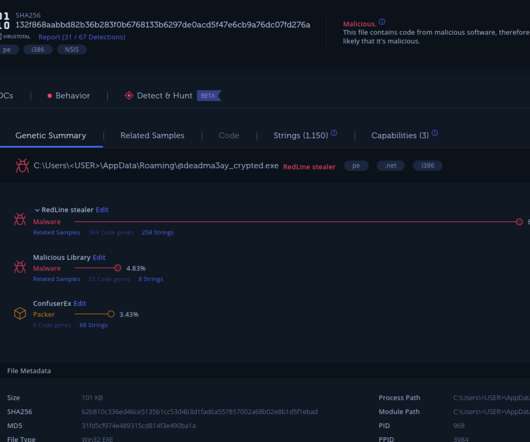



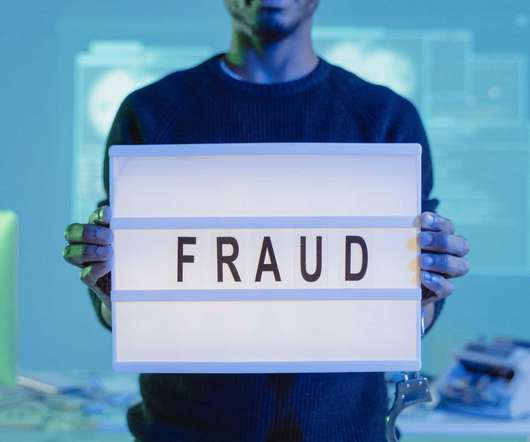
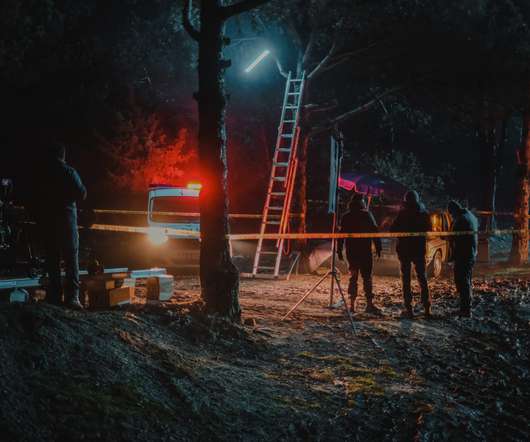







Let's personalize your content